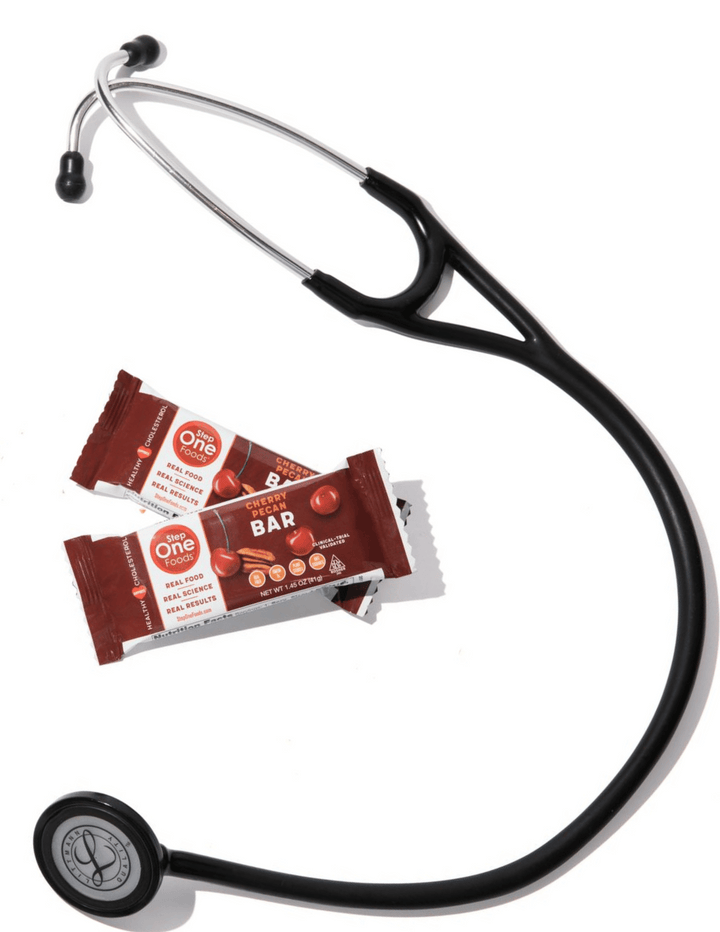Heart attack rates on the rise in young women

A major study on heart attack hospitalizations revealed a startling trend: heart attack rates are increasing significantly among women ages 35 to 54.
Between the late 1990s and early 2010s, the percentage of younger women hospitalized for heart attacks grew from 21% to 31%. And this increase is even more concerning when you consider that the overall proportion of women in that age group actually declined during the same period.
So what’s going on?
While the exact cause remains unclear, researchers found that young women who suffered a heart attack were more likely to have diabetes, high blood pressure, or chronic kidney disease. The study didn’t focus on obesity specifically, but that’s another critical piece of the puzzle—especially because obesity contributes directly to all three of those risk factors.
Obesity rates among young women have been climbing steadily, and with them, so has the burden of associated conditions like type 2 diabetes, hypertension, and kidney issues.
Why These Numbers Should Alarm All of Us
Take a moment and ask yourself how truly disturbed you are by these findings. If you’re like many people, hearing about heart disease might not raise an eyebrow anymore. We’ve become desensitized to the statistics.
But the fact that nearly one in three women who experience a heart attack in this country is under 54? That should be shocking.
These are women with young families, rising careers, and busy lives filled with responsibilities—who are now facing life-threatening cardiac events. Something is deeply wrong with this picture.
It’s Not Genetics—It’s Lifestyle
We can’t blame genetics. Human DNA doesn’t change that dramatically in just a couple of decades.
We also can’t point to smoking rates—they’ve been going down. Environmental toxins and pollutants have remained relatively stable. And sedentary behavior, while still a concern, hasn’t increased significantly.
But one thing has changed drastically: our food.
We’re eating out more often, consuming more processed and ultra-processed foods, and buying products that are calorie-rich but nutrient-poor. Grocery store shelves are filled with items loaded with added sugars, sodium, and unhealthy fats. During this same period, the average American gained roughly 20 pounds.
As a result, we’ve become the most overfed but undernourished society in human history.
Food Is Medicine—or It’s Fueling the Fire
At Step One Foods, we’ve long understood that food’s influence goes far beyond cholesterol. The foods we eat affect:
-
Inflammation
-
Blood clotting
-
Oxidative stress
-
Blood pressure
-
Blood sugar
-
Mood
-
Digestive health
-
The gut microbiome
That’s why our products are made from real, whole ingredients—like fiber-rich oats, heart-healthy nuts, and antioxidant-packed fruits—designed to support cardiovascular wellness from every angle.
We don’t just make snacks. We make food with a purpose.
Young Women Should Not Be Having Heart Attacks
Let’s be clear: young women should not be experiencing heart attacks. Neither should young men. Or older women. Or older men. But especially not people in the prime of their lives.
This trend is preventable. And it starts with how we eat.
Let’s start demanding better—better ingredients, better habits, and a better future. One bite at a time.
About Step One Foods
Step One Foods offers convenient, scientifically-formulated foods clinically validated to rapidly reduce cholesterol and improve cardiometabolic health. Real food. Real results. Unapologetically delicious. Learn more at steponefoods.com.

Tested & Proven Results.
- Cardiologist formulated
- Supported by over 500 publications
- Clinically-proven, in a double-blind randomized trial with Mayo Clinic and The University of Manitoba
80% of participants lowered their cholesterol in just 30 days. With just two servings per day, Step One Foods offers a proven-effective way to naturally lower LDL (bad) cholesterol.
Get heart health tips and articles like this, delivered right to your email.
New articles every week.
You may also like...

Insulin Resistance, Prediabetes and Type 2 Diabetes. Part 4: Un-Doing It.

You don’t need to avoid foods with cholesterol…except for these



